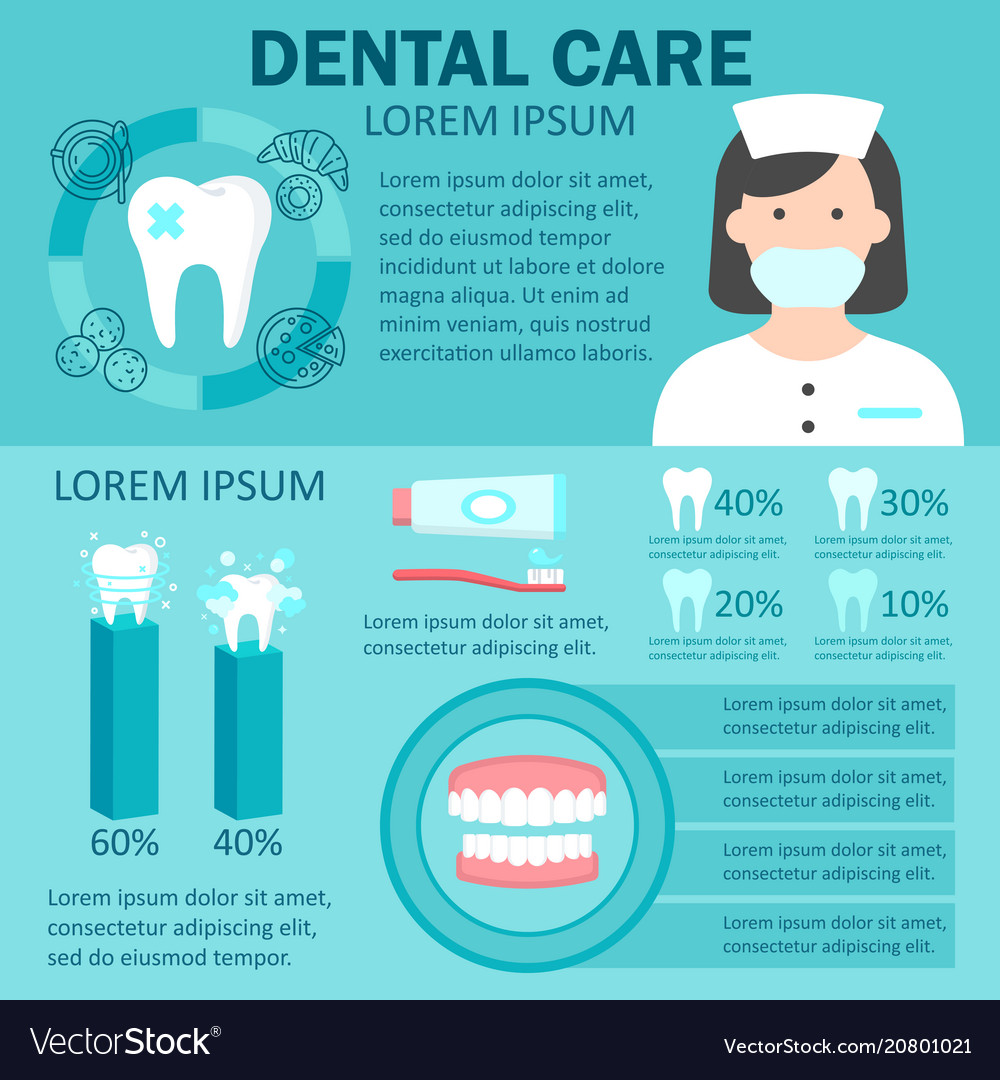Discover The Groundbreaking Technologies Reinventing Dental Surgery. Explore The Future Of The Area And Remain Successful. Click Now For A Glance Right Into Tomorrow!
Discover The Groundbreaking Technologies Reinventing Dental Surgery. Explore The Future Of The Area And Remain Successful. Click Now For A Glance Right Into Tomorrow!
Blog Article
Write-Up Created By-Bendixen Browne
Invite to the world of oral surgery, where innovations and breakthroughs are shaping the future of the area! In this exciting realm, you'll witness the transformative power of robotics, the cutting-edge wonder of 3D printing, and the game-changing impact of minimally invasive techniques.
The future of oral surgery holds a promise of accuracy, effectiveness, and improved person outcomes. With the help of advanced robotics, cosmetic surgeons have the ability to carry out intricate treatments with higher precision and control.
3D printing modern technology is revolutionizing the creation of oral implants and prosthetics, providing tailored services that fit perfectly into each individual's special makeup.
Furthermore, minimally invasive strategies are decreasing post-operative discomfort and recuperation time, permitting clients to return to their every day lives quicker.
Get ready to discover the amazing technologies and advancements that are improving the landscape of oral surgery!
Advancements in Robotics
One major advancement in dental surgery is the use of robot innovation, which allows for exact and effective surgeries. With the help of robot systems, dental cosmetic surgeons have the ability to do complicated surgical treatments with improved precision, reducing the threat of human mistake.
These robotic systems are outfitted with advanced imaging technology and exact tools that allow cosmetic surgeons to browse through complex physiological structures with ease. By using cedar hill dental exams , doctors can accomplish better medical precision, leading to boosted individual end results and faster recovery times.
On visit the up coming document of that, making use of robotics in oral surgery permits minimally intrusive treatments, minimizing the injury to bordering cells and advertising faster recovery.
3D Printing in Oral Surgery
To improve the area of dental surgery, you can discover the subtopic of 3D printing in dental surgery. This innovative modern technology has the prospective to reinvent the method dental doctors operate and deal with patients. Right here are 4 crucial ways in which 3D printing is shaping the area:
- ** Customized Surgical Guides **: 3D printing enables the creation of highly accurate and patient-specific surgical overviews, improving the precision and effectiveness of treatments.
- ** Implant Prosthetics **: With 3D printing, oral surgeons can develop tailored implant prosthetics that perfectly fit a person's distinct anatomy, causing better end results and patient contentment.
- ** Bone Grafting **: 3D printing allows the manufacturing of patient-specific bone grafts, reducing the demand for typical implanting strategies and boosting healing and recovery time.
- ** Education and Training **: 3D printing can be used to create realistic surgical versions for academic functions, enabling dental specialists to practice complicated procedures before doing them on individuals.
With its possible to enhance accuracy, modification, and training, 3D printing is an interesting advancement in the field of oral surgery.
Minimally Intrusive Strategies
To additionally progress the area of oral surgery, embrace the potential of minimally intrusive methods that can significantly profit both specialists and individuals alike.
Minimally invasive strategies are revolutionizing the field by lowering surgical injury, decreasing post-operative pain, and increasing the recovery procedure. These strategies involve using smaller sized cuts and specialized instruments to perform treatments with accuracy and effectiveness.
By making use of sophisticated imaging technology, such as cone light beam calculated tomography (CBCT), doctors can precisely plan and carry out surgeries with very little invasiveness.
Additionally, the use of lasers in dental surgery enables accurate tissue cutting and coagulation, resulting in decreased bleeding and minimized recovery time.
With minimally invasive strategies, individuals can experience faster recovery, minimized scarring, and improved results, making it a necessary aspect of the future of dental surgery.
Final thought
So, as you can see, the future of dental surgery is extremely promising, with exciting developments and advancements forming the area.
From https://beckettxoetj.blogdal.com/33449360/oral-implants-for-seniors-what-you-need-to-know in robotics to using 3D printing and minimally intrusive methods, dental cosmetic surgeons are transforming the way they provide care.
While https://www.redding.com/story/sports/2020/09/18/hunters-bear-tag-required-but-tooth-extractions-on-hold/5798941002/ may fret about the possible cost related to these innovations, it's important to bear in mind that these innovations inevitably improve individual end results and lower recuperation time, making them well worth the financial investment over time.
